Mobile App Helps Kids with Epilepsy Remember Medications
A study was conducted to see if a mobile app called “Epilepto” could help children with drug-resistant epilepsy remember to take their medications.
Pediatric epilepsy research translated for parents into normal language, including summaries about diagnosis, treatments, school, safety, and safety.

A study was conducted to see if a mobile app called “Epilepto” could help children with drug-resistant epilepsy remember to take their medications.

Researchers studied how to improve the treatment of status epilepticus, a serious condition where a person has prolonged seizures, in children.
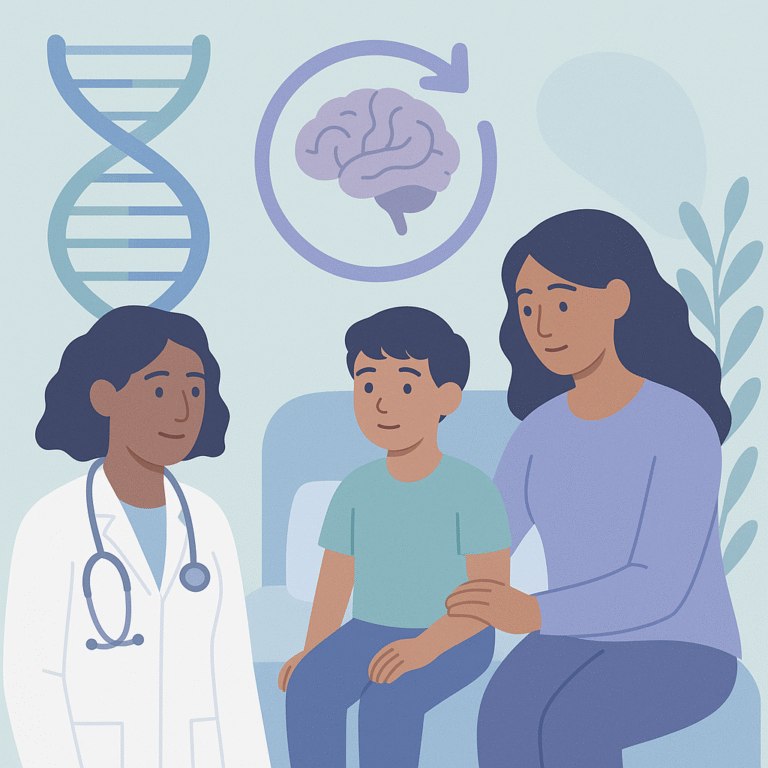
Researchers studied six Chinese children diagnosed with pyridoxine-dependent epilepsy (PDE) to understand the clinical features and genetic changes related to this condition.
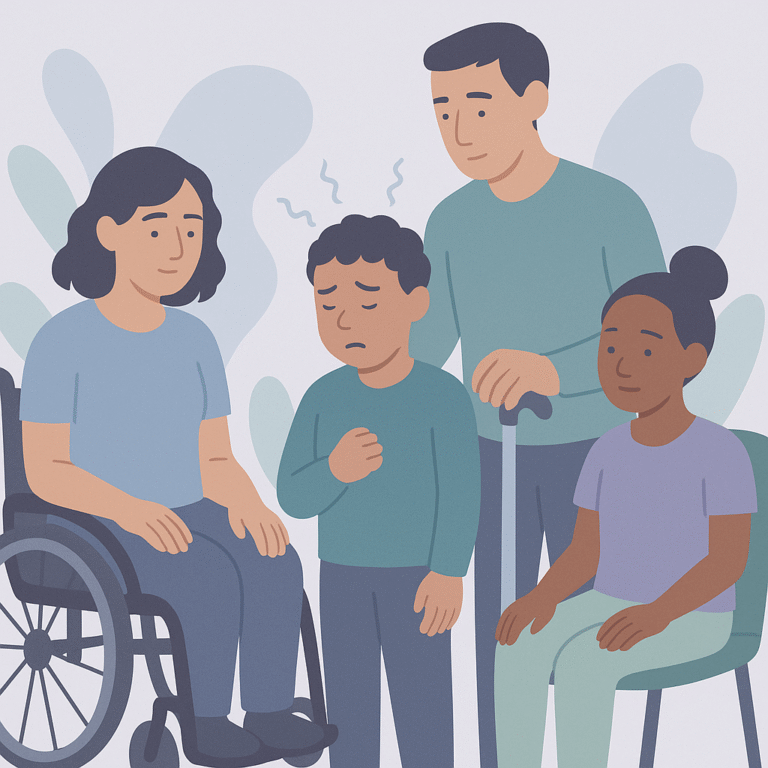
Researchers studied a patient with severe muscle weakness, a condition known as arthrogryposis, and epilepsy that did not respond to treatment.

This study looked at how effective the ketogenic diet therapy (KDT) is for children with drug-resistant epilepsy caused by specific genetic mutations.
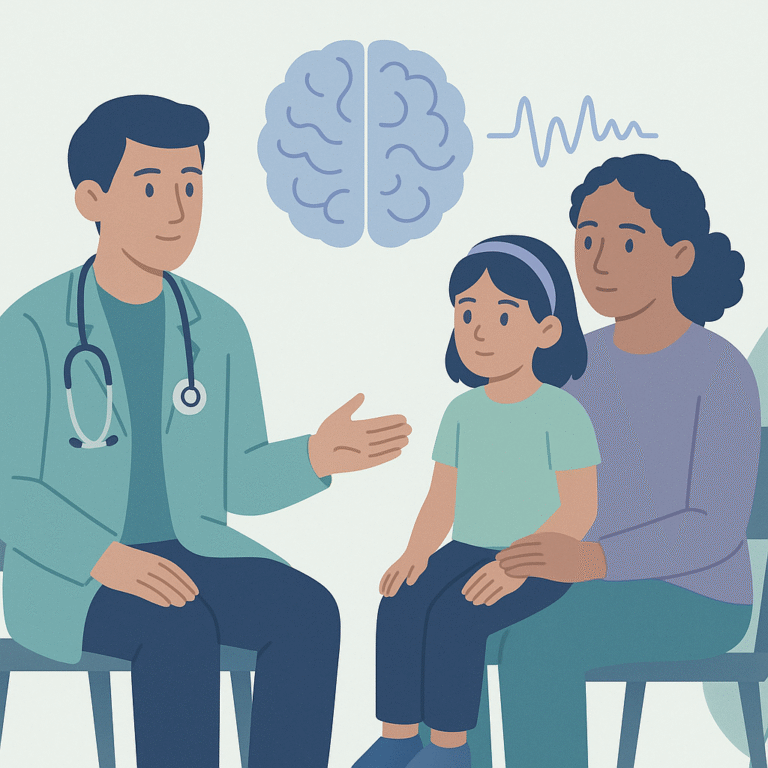
This study looked at the experiences of a child named Ethan who has Dravet syndrome, a severe form of epilepsy that starts in infancy.

This study focused on understanding the brain structure in a specific condition called focal cortical dysplasia (FCD), which is a common cause of epilepsy that does not respond well to medication.
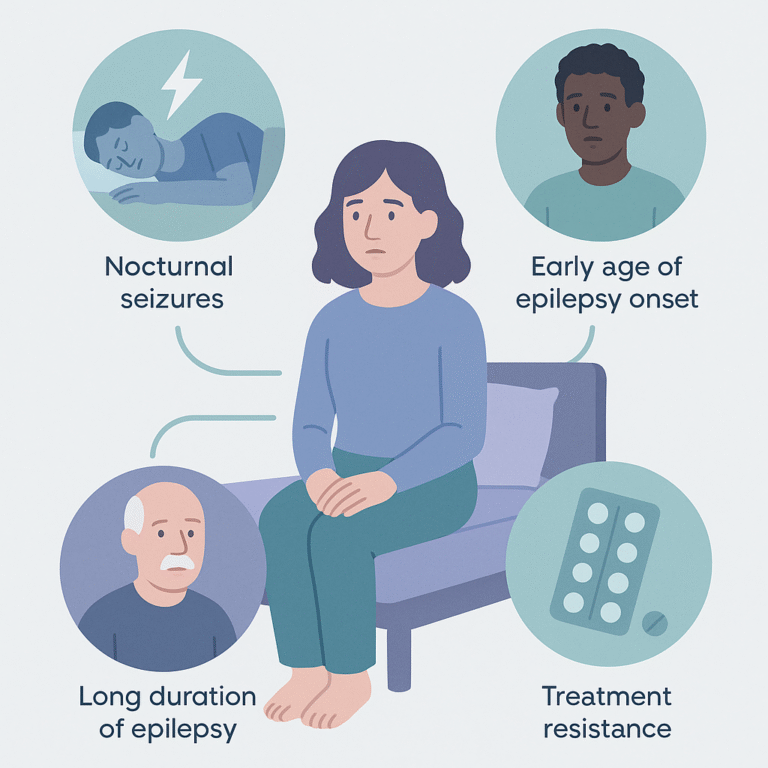
This study looked at sudden unexpected death in epilepsy (SUDEP), which is a major cause of death related to epilepsy.
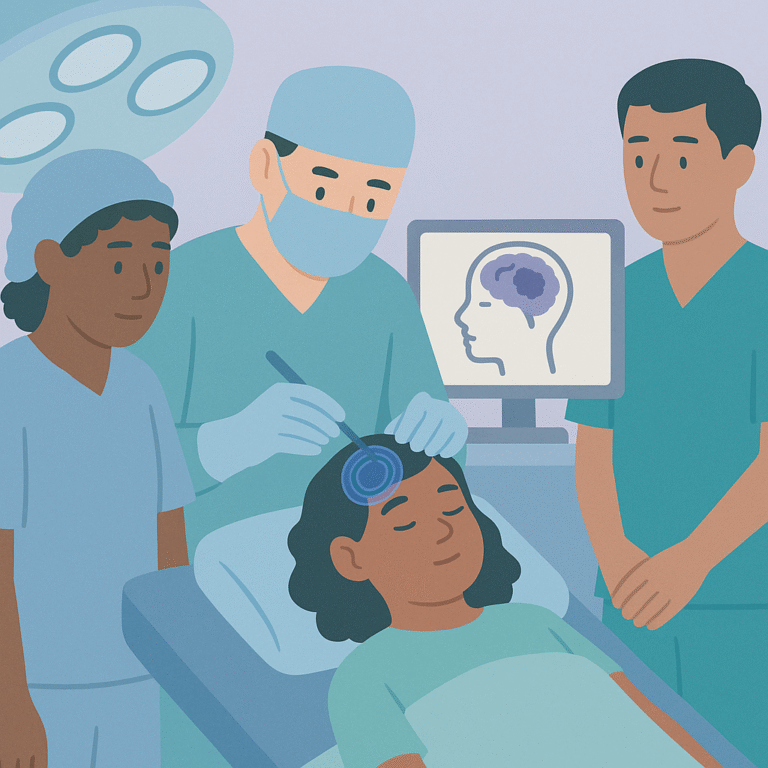
Researchers studied children with drug-resistant epilepsy (DRE) to find better ways to predict the success of epilepsy surgery.